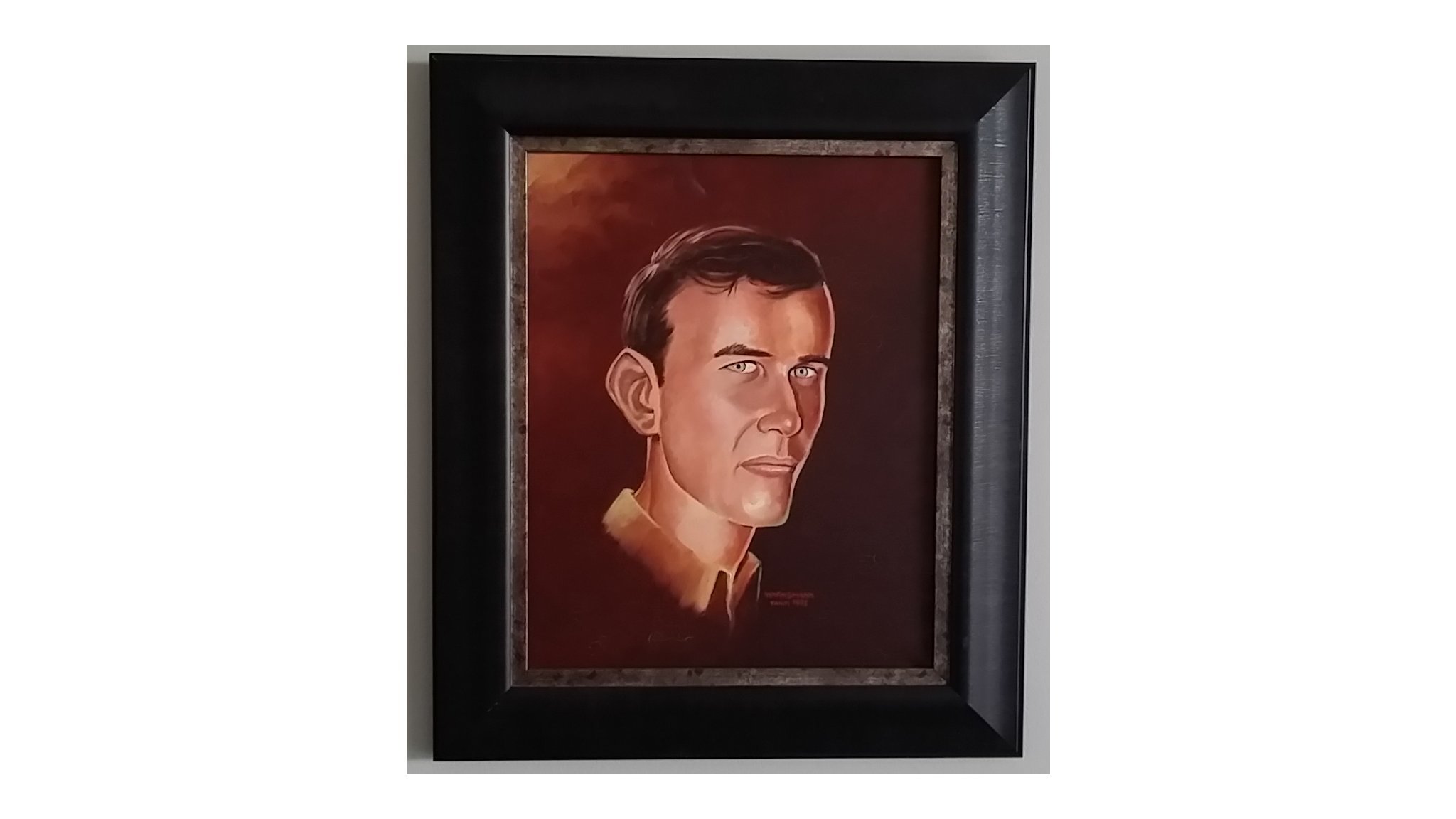This is the story of my life so far: 67 years and counting.
Prequel: A Brief History of my Family in France

The story starts here
Previous episode: Part 23
Poste 11
As I said before, we were 6 "fistots" in "Poste 11":
110: The "Majou". This is the traditional nickname of the major (first in the admission competition) of the promotion. He is the only one from Poste 11 that became an admiral (with five stars!).
111: "Jo": he already had this nickname before École Navale. His last name is "de Maistre" and there is a famous French writer and philosopher named "Joseph de Maistre". Hence his nickname "Jo".
112: "Marcel", that is myself. I told the other members of Poste 11 about being nicknamed Marcel, and they immediately adopted it. See the story here
113: "Achille" or "Chichille". Like "Jo", he already had this nickname before École Navale. The reason for his nickname was that he was a very good runner. In fact, he beat the École Navale 800 meters record, that was previously hold by Éric Tabarly, the famous solitary navigator that was a cadet at École Navale in 1958-1960.
114: "Trompe-la-mort" (deceives death). He got his nickname at École Navale, as a pun on his last name "Corbière": Cor = Trompe (horn) and "bière" means not only "beer" but also "coffin", hence "mort", that is "death".
119: "Le Docteur" (the doctor): I don't remember why he had this nickname. He was a cadet from Cameroon. He will have an indirect influence on my life later.
Learning Navigation
We were taught many different topics at École Navale, but the most important one, in my opinion, was navigation.
We had class to learn theoretically how to navigate, that is how to know your position in the world and how to go where you want to go.
You have to realize that it was 1968 and there were no satellite navigation systems such as the GPS, the Global Positioning System, that is ubiquitous nowadays.
We first learned coastal navigation, that is navigation where you can see the coast.
I am not going into details, but it involves using the compass and an instrument to plot your position on the map called the "Règle Cras", invented by admiral Jean Cras when he was young at the beginning of the XXth century.

Règle Cras
source
Then, for practicing coastal navigation, we went on small trips on Mine Sweepers of type MSC-60 (Mines Sweeper Coastal 60), built in the USA and transferred to the French Navy in 1953-1954..


One of the MSC-60 Mine Sweepers that we learned to navigate on
source
I quickly discovered on these mine sweepers that I was prone to see sickness. Not very good for a Navy officer!
However, this did not discouraged me. I realize later that sea sickness could be "cured" with drugs, and my drug of choice was Marzine.
Next, I will talk about the other topics that we were taught: math, science, combat, security at sea, etc.
Continue to Part 25
If you like this story, please consider to follow me
Summary
Part 1 - Part 2 - Part 3 - Part 4
Part 5 - Part 6 - Part 7 - Part 8
Part 9 - Part 10 - Part 11 - Part 12
Part 13 - Part 14 - Part 15 - Part 16
Part 17 - Part 18 - Part 19 - Part 20
Part 21 - Part 22 - Part 23

